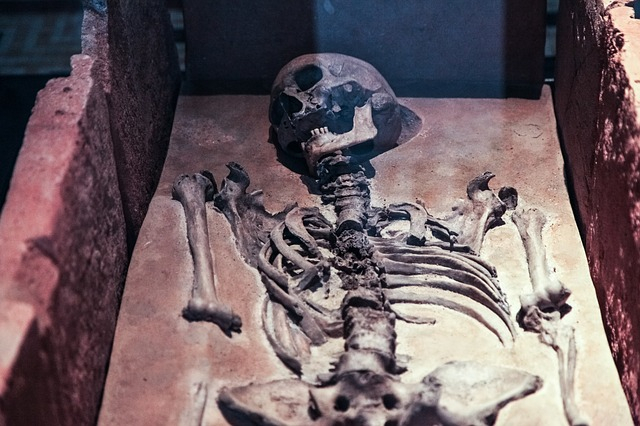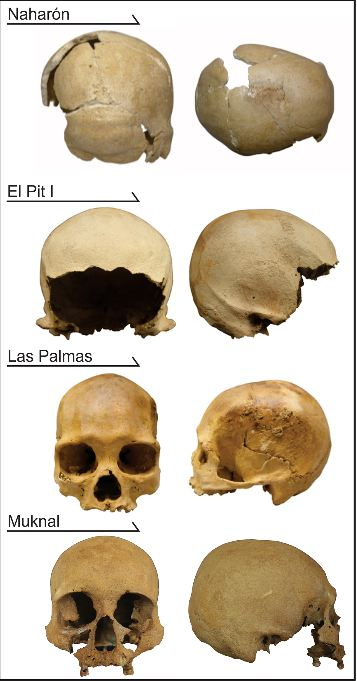A few years ago scientists conducted a study and analyzed the DNA of the complex peopling of the Americas. The researchers stated that when modern humans left Africa almost 60,000 years ago, they expanded across all the continents. The study revealed that the evidence of several human migrations into South America, including two previously unknown to science.
Recently researchers found human remains within one of the world's most extensive underwater cave systems. After conducting a study on these bone samples, researchers came to know that the earliest humans in North America were far more diverse than previously thought.
Discovery of human remains

The scientists found these remains inside the caverns of the Mexican state of Quintana Roo. The human remains represent four of the earliest North Americans who lived between 9,000 and 13,000 years ago. The study author, Mark Hubbe, an anthropologist at The Ohio State University said that these ancient corpses are important as North American remains from the first human habitation in this region are rare.
While analyzing the bones, scientists found that while one resembles individuals from the Arctic, another has European features. There is an example which looks much like the early South American skulls, while the other bone structure doesn't look similar to any other population. As reported by Live Science, Hubbe said, the differences noticed among the Mexican skulls are on the same magnitude as the most different populations in the current world.
Human remains of early Americans

Hubbe believes that South America has more early human remains than North. The skulls discovered from South America are quite similar to one another and also share features of skull measurements with indigenous Australians and Africans. But it doesn't mean that the South Americans had ancestors who came from Australia or Africa. As per the researchers, these similarities in features reveal a shared common ancestry between ancient South Americans and inhabitants of Australia as well as Africa.
"The [skull] morphologies in Asia changed a lot in the last 10,000 years. Everyone who came [to the Americas] before 10,000 years ago would look a lot like early modern humans out of Africa and Australia," said Hubbe.
As per early claims since South Americans stayed in North America or along the Pacific coast, it is possible that early South Americans looked a lot like ancient inhabitants of North America. But as per the new research, early North American people look far more diverse than early South Americans. Hubbe said, "For whatever reason when they went to South America, part of this diversity disappeared."
Finding in caves of Quintana Roo
These caves are now mostly underwater but almost 12,000 years ago, during the end of the Pleistocene epoch sea levels were lower and the caves were dry. Some of the early inhabitants of the areas have used the caves as the burial place and some of these remains showed a sign of accidental death.
It should be mentioned that this new study was published in PLOS ONE. As per the researchers, while one of these newly found remains belong to a woman who lived around 13,000 years ago, another skeleton came from a young adult male from the same era. The third remain was from a middle-aged woman who lived between about 9,000 and 12,000 years ago, while the last one was belonged to a middle-aged man from around 10,000 years ago.
By using CT scans the scientists marked various landmarks on the skulls, such as the bottom of the nose or top of the eye orbits. The size and distance between landmarks were then compared to larger data sets of measurements from different people around the world.
During the study, the researchers came to know that the 13,000-year-old woman's features most closely matched Arctic North Americans from Greenland and Alaska, the young man from 13,000 years ago similar to people from European populations, middle-aged female from between 9,000 and 12,000 years ago looked much like early south Americans but for the middle-aged man from around 10,000 years ago scientists could not find any clear pattern.









